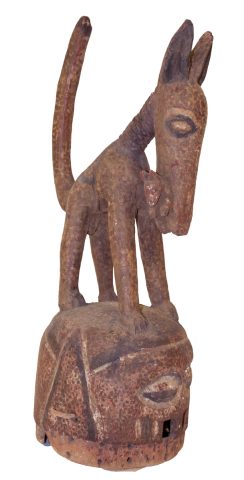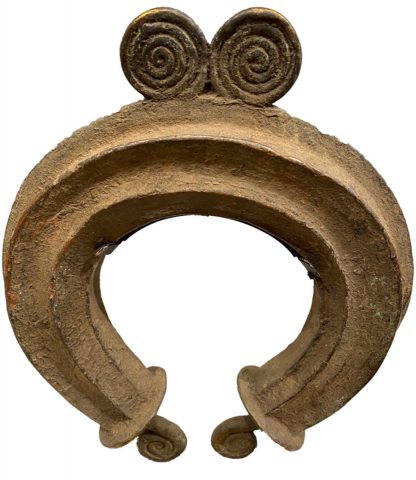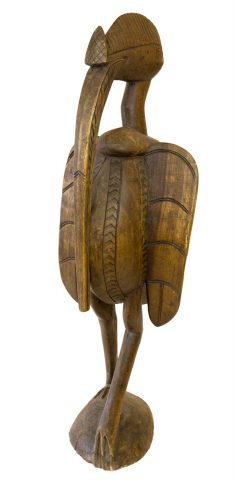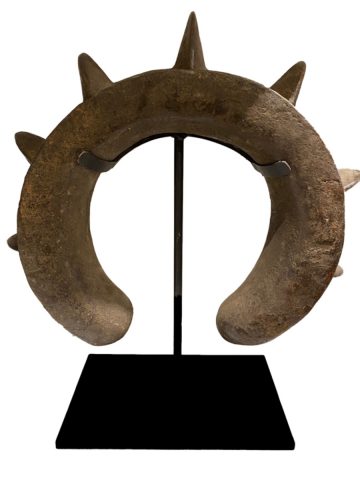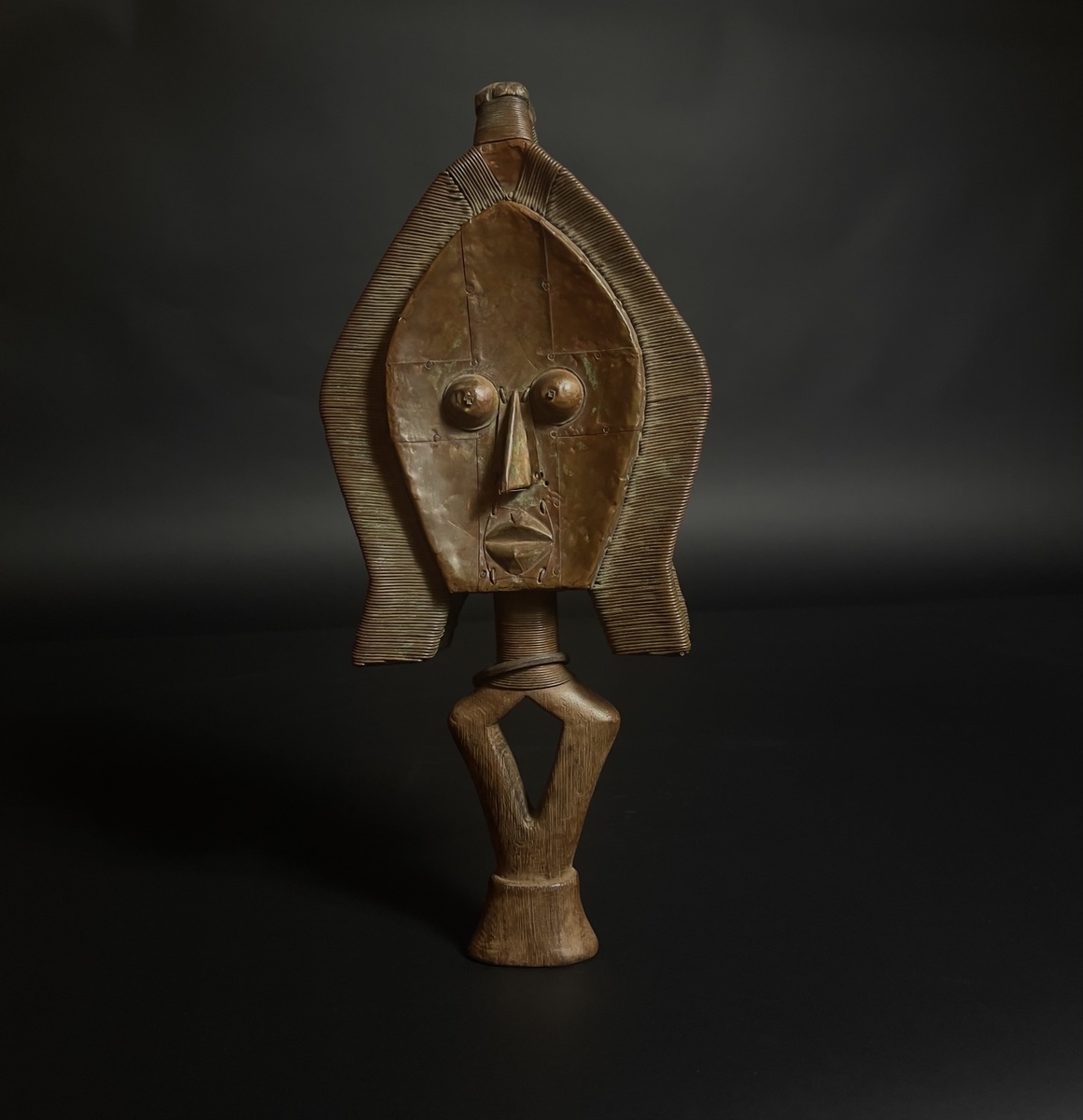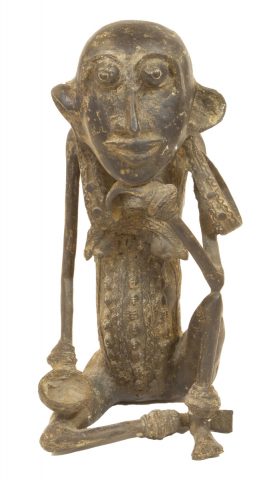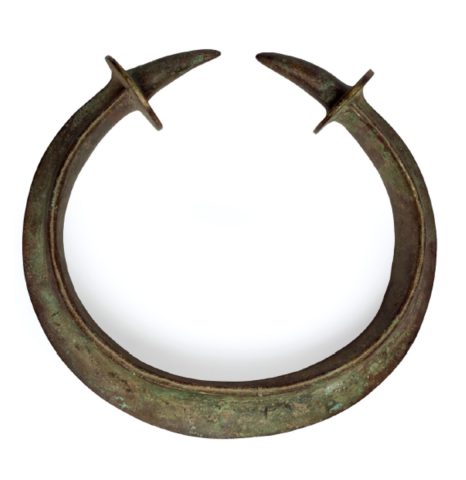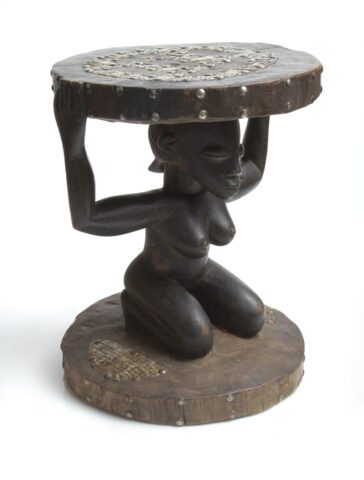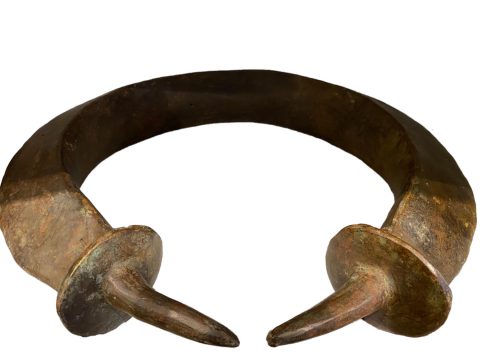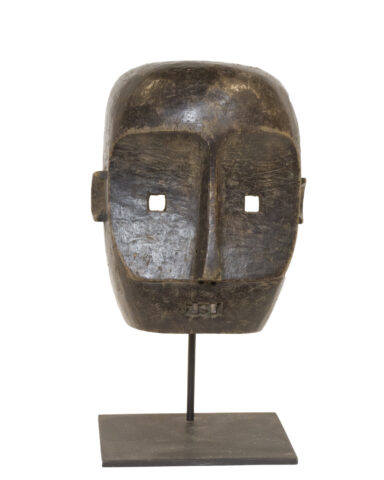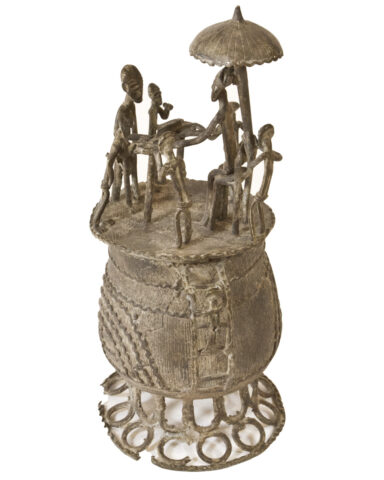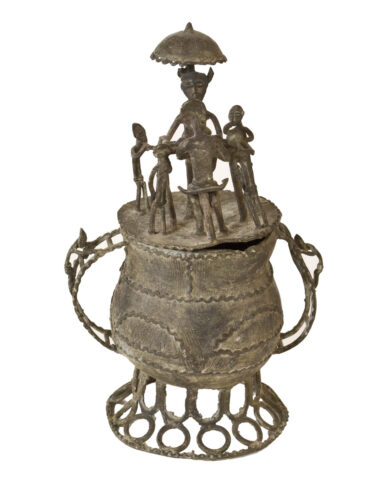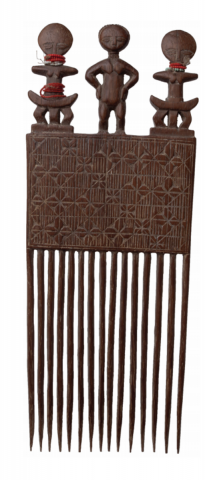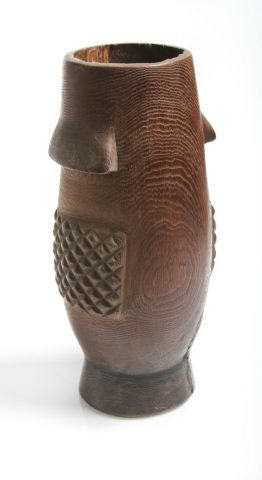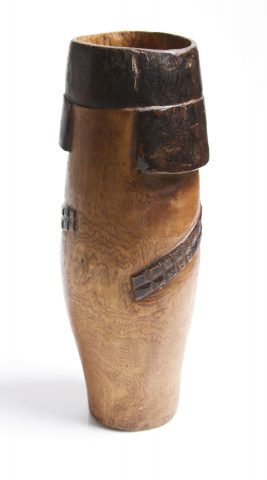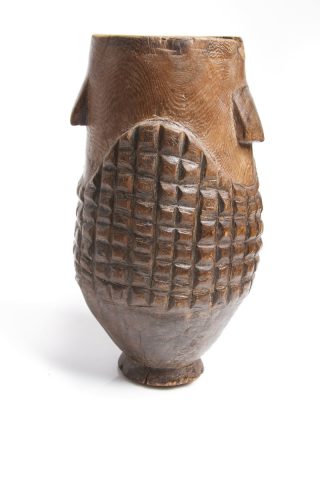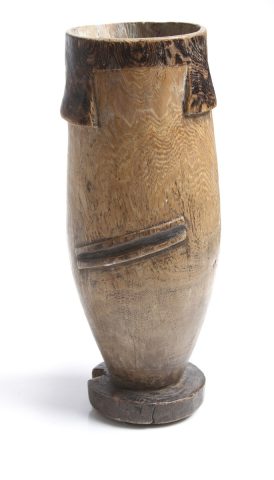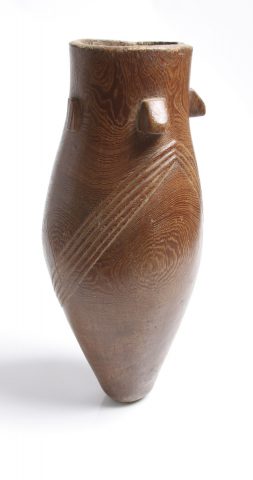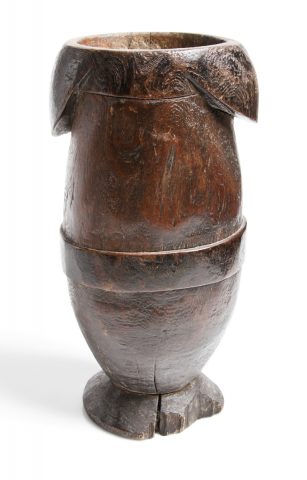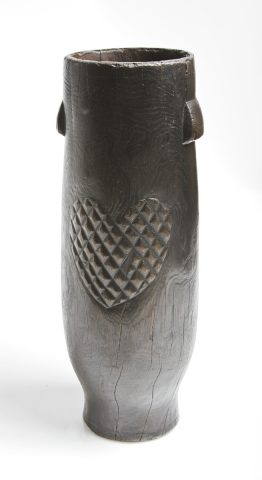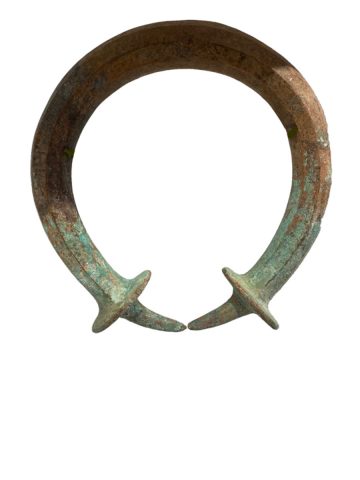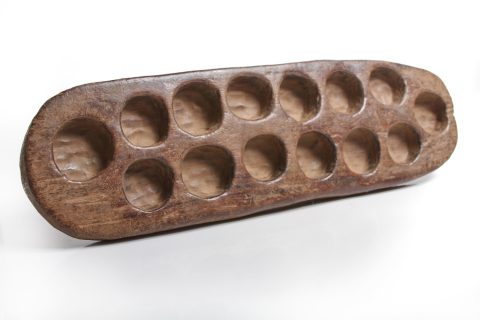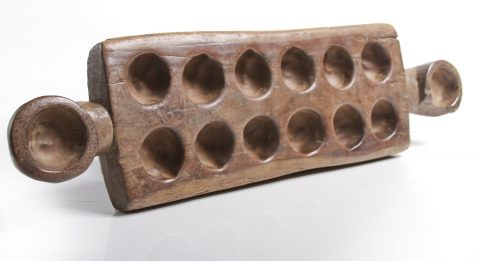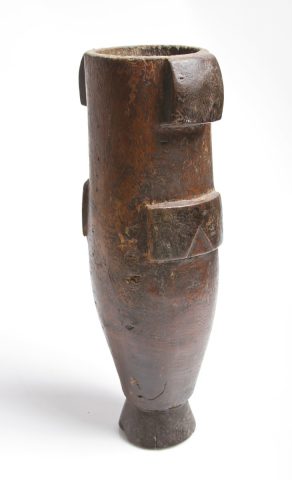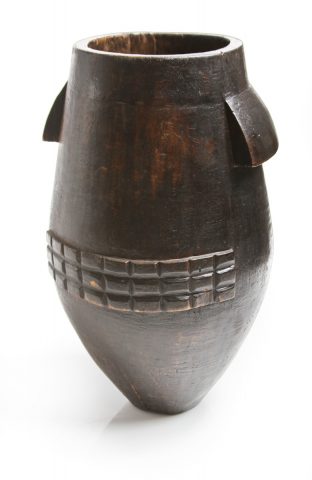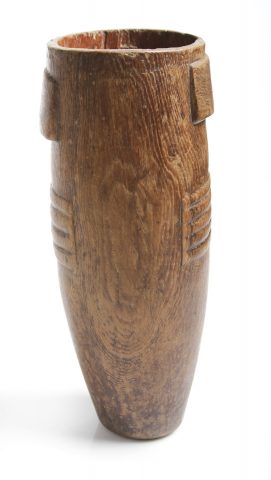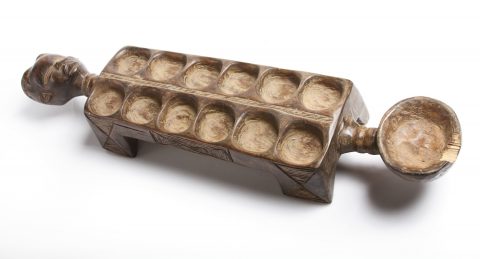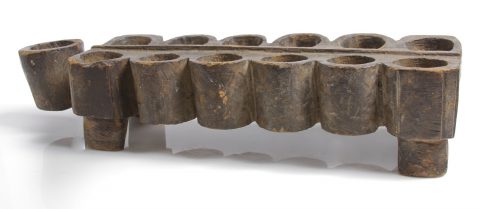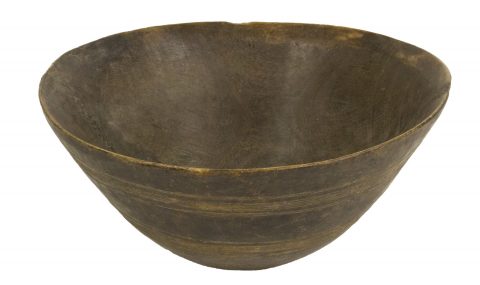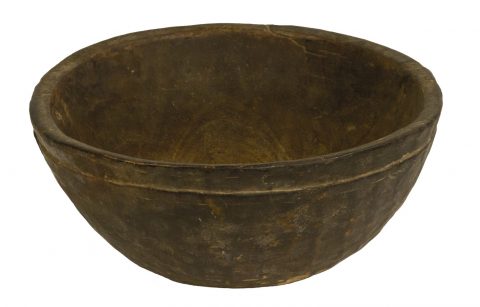Description
Tall male wood figures are an important part of the woodcarving tradition of the Dogon people of Mali. These figures, known as Kanaga, are typically carved from a single piece of wood and feature a slender, elongated form with abstracted facial features.
The Kanaga figure is significant in Dogon culture as it is associated with the spiritual realm and is often used in religious ceremonies and rituals. It is believed to represent the first ancestor of the Dogon people, and the figure is thought to embody the spirit of the male principle in the universe.
The Dogon people use the Kanaga figure as a symbolic representation of the cosmological order and balance in the universe, and it is often used in performances and ceremonies to bring about spiritual harmony and prosperity. The Kanaga figure is also associated with the role of the Dogon male in society, as it is believed to embody the qualities of strength, wisdom, and leadership.
In terms of its visual characteristics, the Kanaga figure is notable for its elongated form and abstracted features. The figure is typically carved with long, slender legs and arms, and a cylindrical torso. The head is often small and abstracted, with simple features such as eyes and a mouth. The overall effect is a stylized and simplified representation of the human form, imbued with great symbolic significance.
Overall, the tall male wood figure known as Kanaga is a significant and iconic example of the woodcarving tradition of the Dogon people of Mali. Its unique visual characteristics and rich cultural and spiritual significance make it a treasured and enduring example of the artistry and craftsmanship of the Dogon people.


